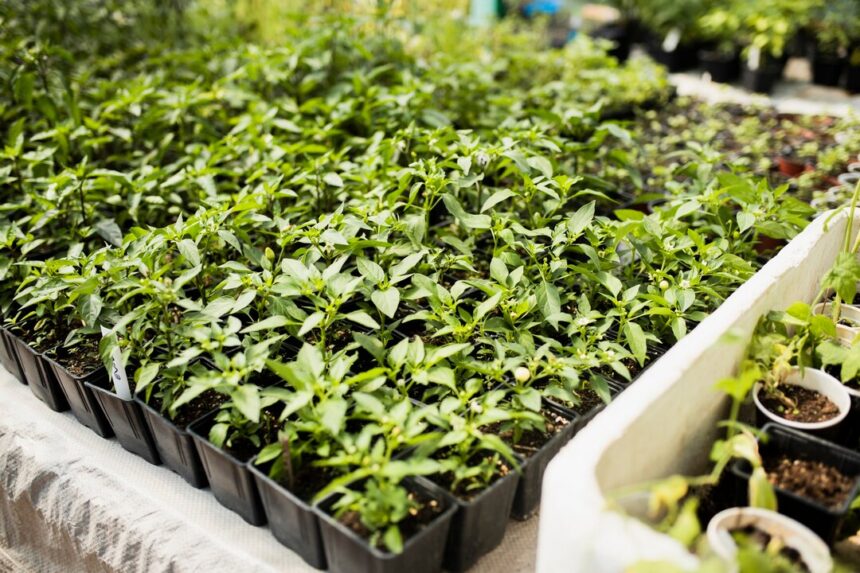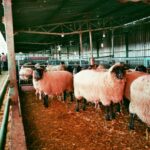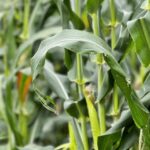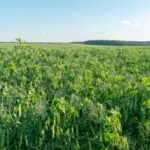Farming success heavily depends on using the right tools and techniques. Investing in proper seedling and planting equipment can significantly boost crop yield, improve efficiency, and reduce labor costs. Here are practical steps and tips to ensure you maximize your yield through the correct use of seedling and planting equipment.
1. Choose the Right Equipment for Your Crop
Different crops require specific types of equipment. For example:
- Seed drills are ideal for evenly sowing grains like wheat and maize.
- Transplanters are suitable for crops like rice or tomatoes, ensuring uniform spacing.
- Hand-held seeders are great for small-scale operations, while mechanized planters suit larger farms.
Understand your crop’s needs and match them with equipment designed for those requirements.
2. Prioritize Quality and Efficiency
Invest in high-quality equipment to avoid frequent breakdowns and inefficiencies. Modern planting tools often come with features such as adjustable depth settings, precision seed placement, and automated controls. These ensure seeds are planted at the correct depth and spacing, which are critical for optimal growth.
3. Maintain Proper Calibration
Planting equipment needs accurate calibration to avoid under- or over-seeding. Regularly check and adjust your tools to ensure seeds are placed uniformly. Uneven planting can lead to overcrowding or sparse growth, which affects the overall yield.
4. Use Seedling Trays for Better Germination
Seedling trays help maintain controlled conditions for germination, leading to healthier plants. Use trays compatible with your transplanter for easy transfer, minimizing root disturbance and ensuring quick establishment in the field.
5. Optimize Plant Spacing
Proper spacing allows plants to receive adequate sunlight, water, and nutrients. Modern planting equipment often comes with spacing adjustment settings, enabling precise placement that prevents competition among plants and maximizes yield.
6. Ensure Proper Soil Preparation
Using planting equipment on well-prepared soil enhances efficiency and seedling survival rates. Before planting, use tools like plows, harrows, or rotavators to create a fine seedbed, free from weeds and clumps, which aids in better seed-to-soil contact.
7. Reduce Manual Labor with Automation
For larger farms, automated seeders and planters save time and labor costs. GPS-enabled planters ensure straight rows and minimize overlaps, maximizing land use. Automation also reduces human errors and enhances planting speed.
8. Regular Maintenance of Equipment
Proper maintenance is essential for long-term efficiency. Clean equipment after use to prevent rust and remove debris. Lubricate moving parts and inspect for wear and tear to avoid breakdowns during critical planting seasons.
9. Combine Equipment with High-Quality Seeds
Even the best planting equipment won’t yield results if you’re using low-quality seeds. Invest in certified, disease-resistant seeds for a better germination rate and improved crop performance.
10. Train Your Team
Ensure your team understands how to operate the equipment correctly. Regular training sessions help reduce operational errors and increase efficiency in the field.
Maximizing yield starts with proper preparation and investment in the right tools. From selecting the right equipment to maintaining it and training your team, every step plays a vital role in enhancing productivity. By adopting these practices, farmers can increase efficiency, save costs, and enjoy a bountiful harvest season.
Join 'Farmers Mag' WhatsApp Channel
Get the latest Farming news and tips delivered straight to your WhatsApp
CLICK HERE TO JOIN






